Designing for Pleasure: Appeal to the Senses at Home
Once a space's function is understood, what it will look like is often the sole factor driving its design — and that's too bad. When we're awake, all of our sensory systems are operating full tilt, picking up information that influences our emotional experience. What things feel like against our skin, sound like and even smell like makes a big difference in whether a space enhances our well-being or falls flat.
A philosophy of design called biophilic makes sure we don't push any of our senses to the side and guides the development of spaces that make us feel good, mentally and physically. The master design principles it uses to create spaces for modern humans echo those found in the natural places we would have found pleasant and comfortable eons ago.
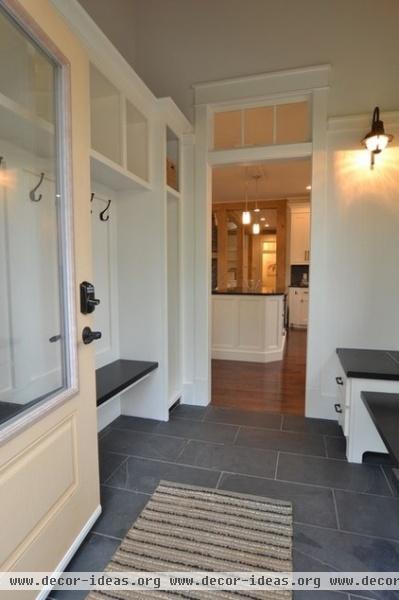
In the ancient landscapes where our species lived before we had our current tools and toys, people not only saw the world around them but felt it pressing pleasantly against their skin, heard it ebb and flow around them and enjoyed its smells. Spaces that we find comfortable today also create positive experiences for each of our senses and send useful signals.
Research has shown that when we create spaces in which our primitive selves would have felt comfortable, we live better lives. Here are some ways to do that today.
Mix materials underfoot to create sound cues. We see, hear, feel and smell each design element we choose. The slate and wooden floors in this photo look different from each other, and footsteps on each surface sound different. Leather-soled shoes on the slate make a staccato, alerting sound but are more subdued on the wooden floor. The different sounds that office shoes make on each surface signal a transition for someone entering here after a day at the office. The person is coming home.
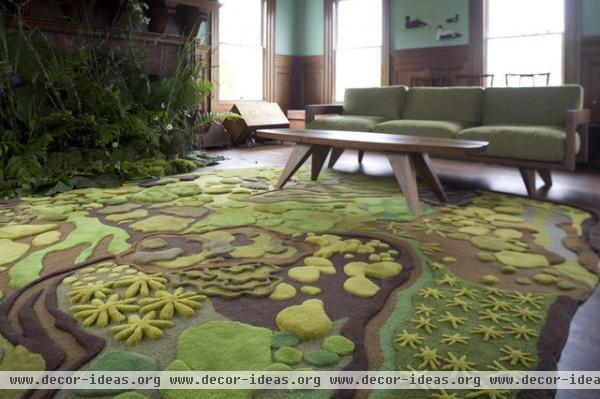
Give your feet varying textures. The thick pile of this carpet has a whimsical image and muffles sound. It also cradles the bare feet that touch it; each step across it is a mini foot massage.
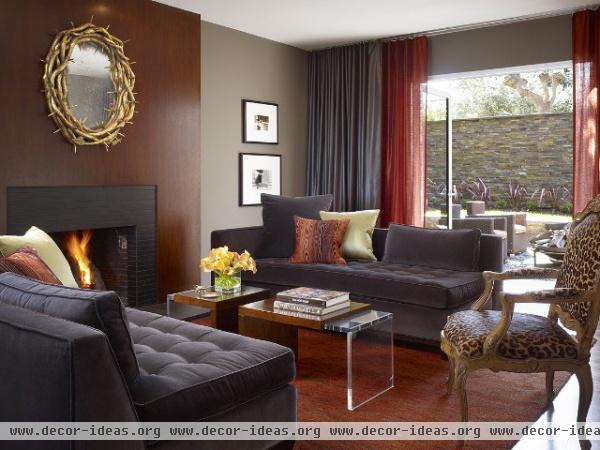
Switch up your upholstery. Leather has a particular feel, one that is very different from the comforting sensuality of a soft, gently textured fabric, such as the velvet upholstering these sofas. When buying furniture, try out all different kinds of materials. Maybe select a sofa in your favorite but mix things up by choosing other pieces in different fabrics to create different tactile experiences.
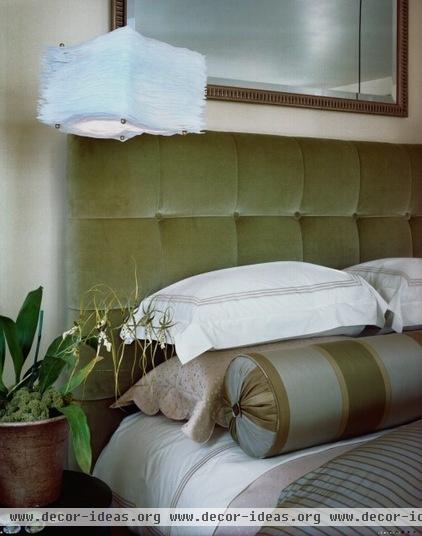
Use every opportunity to enrich sensory experiences. Leaning against this velvet headboard is very different from leaning against the wall or a smooth surface. The tender velvet comforts and relaxes. Try to make sure that any part of your body that comes into contact with your furnishings meets an enticing, stimulating texture.
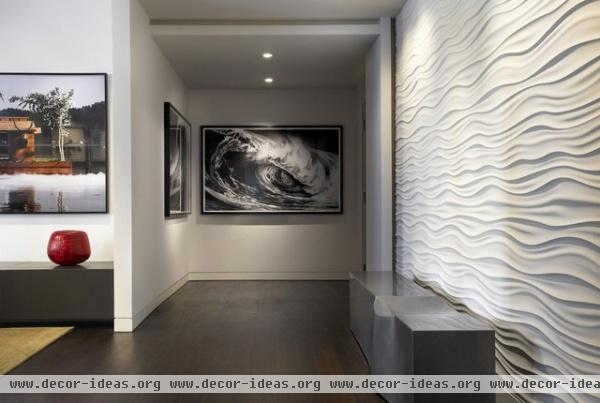
Add touch zones when possible. This wall is interesting to look at and adds a tactile experience.
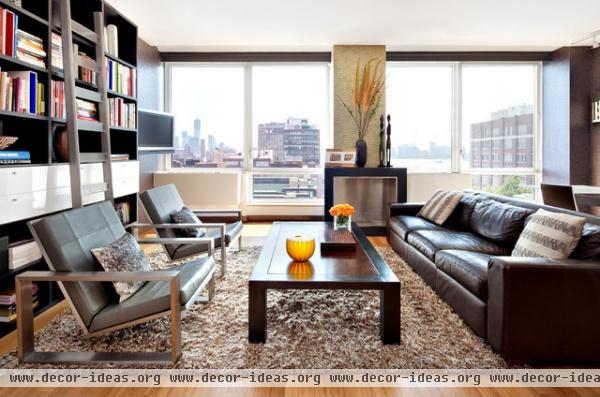
Think about how materials smell and layer on the ones you like. Leather is a traditional and relatively sturdy material, and who can forget the pleasant smell of well-kept leather? Adding leather furniture affects the nearby smellscape as significantly as it does the vista. The texture of this carpet also establishes a clear-cut talk zone — when the feeling of the floor changes, so does the purpose of the space.
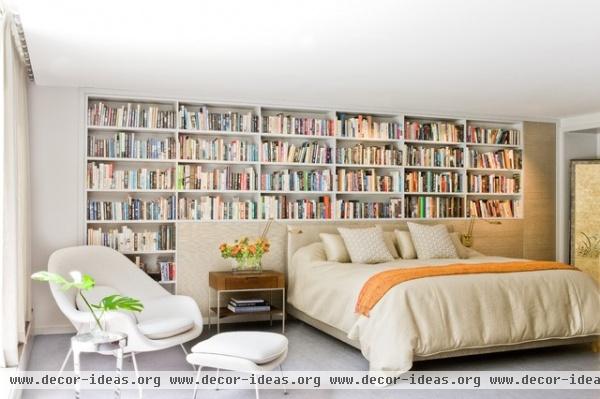
The books in this space add a particular smell that we all know.
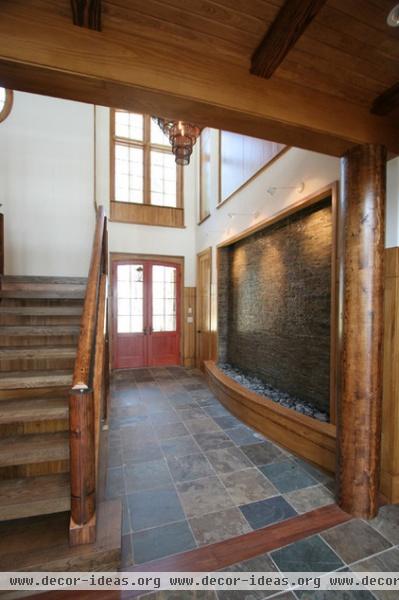
Add a water feature. Incorporating moving water has a dramatic influence on the experience of being there. The most relaxing fountains make the sort of burbling sound of a brook or stream. They also change the temperature and humidity of the nearby air, creating a tactile experience.
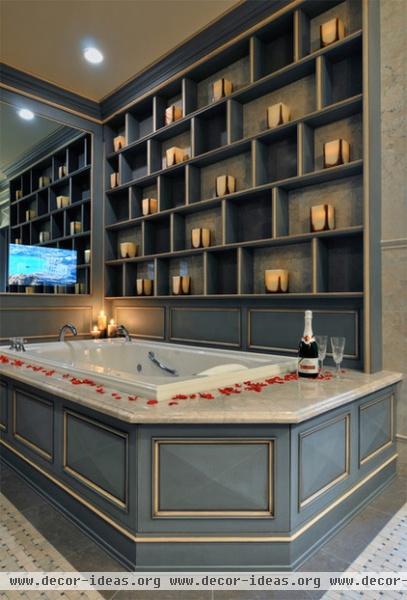
Get a two-for-one punch with candles. Smell is very important to experience — so is movement. Candles deliver on both with a pleasant scent and a flickering appearance.
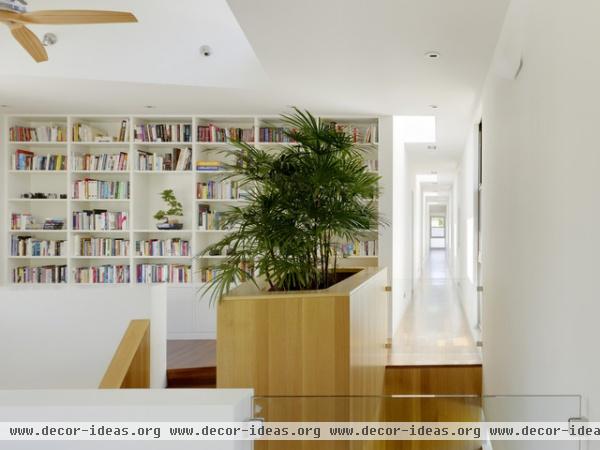
Use plants to boost a space. Plants affect how a space smells and even its humidity level. Adding green, leafy houseplants has another benefit: We may think more creatively when we're around them.
More on biophilic design:
Why we like a safe and sound perch
Bring home the beauty of movement












